The road to eternity can be hazardous and long. Our lives are fraught with challenges and anxieties, and we live in a world today that is in crisis. A pandemic has swept over the world with the death toll rising each day. Scientists warn that climate change will have increasingly devastating effects, not least of which are rising temperatures and rising sea levels. The arms race continues relentlessly, with more and more money spent on technologies that kill and destroy, while millions of people remain mired in poverty.
“Yes, the road to eternity is a long and hazardous one. But … what if we think of the journey rather than the road? What if we think of life as a pilgrimage?”
– Friar Clifford Augustine
A pilgrimage has the intention of gaining something of spiritual value, even in difficult situations. While a pilgrimage can be made to a particular destination, the journey itself fosters spiritual awareness and growth. Often the pilgrim’s relationship with God takes on new meaning during the pilgrimage.
As Christians, eternity is our destination, and our life on earth is our pilgrimage towards it. As we face the difficulties and challenges in our lives, we would do well to look for the moments that lead to spiritual deepening.
I admit I am not a fan of pilgrimages. They are sometimes veiled sightseeing tours or opportunities to travel to other places and accumulate souvenirs that lie in cupboards and drawers thereafter.
A Camino – or the “Way” – is different. This is a walk to hear the desires of our hearts and to listen to the voice of God.
The first camino I did was not the more famous Santiago de Compostela. I did the Via de Francesco, or the St Francis Way.
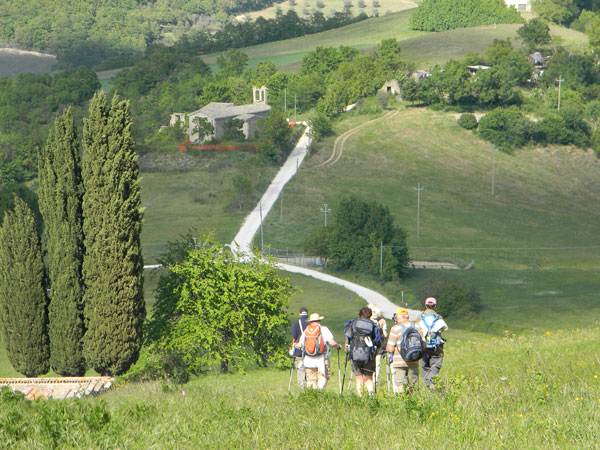
This camino is a walk around the places where St Francis of Assisi lived. We walked the paths that Francis took, visited the places where he encountered the supreme love of God that left him in awe and wonder. The basilicas, cathedrals, churches and other places where Francis roamed were interesting places, yes, but they were also places where we ourselves encountered God. Instead of simply absorbing interesting facts of buildings, architecture and art, we saw the stones and handwork of artists as the telling of the faith story of a man whose encounter with God was so powerful and real.
Visiting the historical places of St Francis and St Clare prepared us for the camino of our lives. In Assisi, we immersed ourselves in the spirituality of the two saints and found ourselves yearning for more. After familiarising ourselves with the historical contexts of the cradle of Franciscan spirituality, we needed to find our own journeys. The camino provided us with the landscape to do just that.
We each had our own story with God, and these sacred stories came alive during the camino. Walking in nature’s cathedral – the forest – we simply marvelled at the footprints of God. Everything of the grandeur of God spoke to us.
One of the most memorable places on the Via de Francesco is Poggio Bustone, where Francis began his mission of peace. The place is surrounded by verdant woods and looks out onto a mystical panorama.

On one of the trips to that town, the other pilgrims and I made our way up to the upper hermitage via a steep hill. It was supposed to take only 30 minutes, but it rained so heavily that we struggled to walk up. I remember feeling very irritated and angry, and even regretting being there. But there was no going back. The only way to find some respite from the storm was to keep moving towards our destination.
After what felt like an endless gruelling walk uphill, we finally reached the sanctuary for the Eucharist. We were tired and drenched. During the celebration
of the Eucharist, I remembered that this was where St Francis had had his vision of the total remission of his past sins. It made me realise that our pilgrimage on earth can sometimes feel like walking up a steep hill in the rain, with many obstacles, especially our struggles with sin. The Eucharist assures us of the absolute and total forgiveness of sins always offered to us by our God.
When the camino ended, we made our way to the Basilica of St Anthony at Padua. Here, I have another admission to make: I did not find the relics and the magnificent building particularly spiritually inspiring. It was yet another box I could tick off, another place visited.

St Anthony himself, however, has always been a spiritual inspiration for me. Growing up in a Catholic family, I was taught that he would find lost things for us, including faith. But the saint is so much more than a miracle worker. His humility, joy, simplicity and great love for the poor and for God continue to inspire me to live a Franciscan life that is lean and free of clutter. St Anthony’s pilgrimage on earth was one that brought, and continues to bring, many people to God. I am one of these. Inspired by St Anthony, I know my pilgrimage of life on earth must be one of reaching out to the poor and the marginalised, and of creating a society that includes rather than ostracises.
The restrictions on travel because of the pandemic present an opportunity for us to review our lives. If we think of life as a pilgrimage, we can begin the camino into ourselves and the deep recesses of our mind and soul. If we embrace the encounters on this very personal camino, we will reach our destination spiritually enriched.
Friar Clifford Augustine OFM

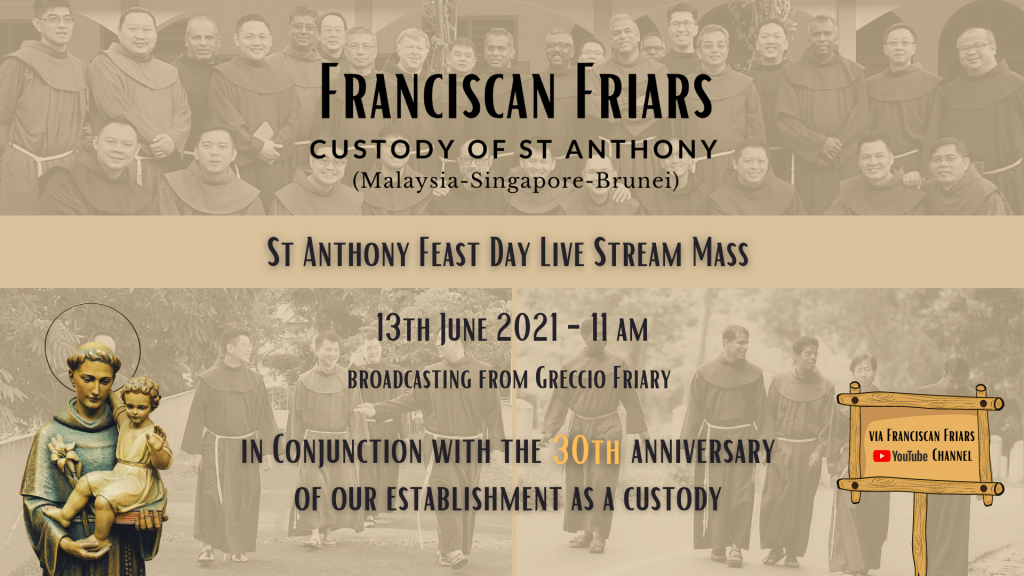

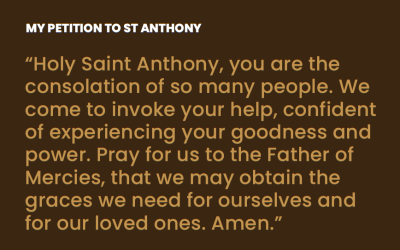
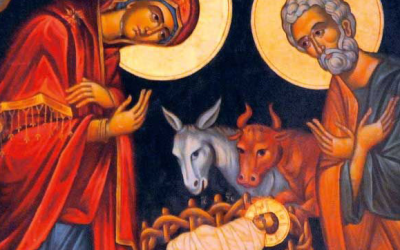
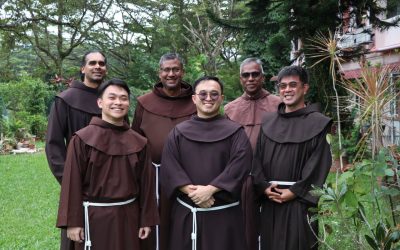
0 Comments